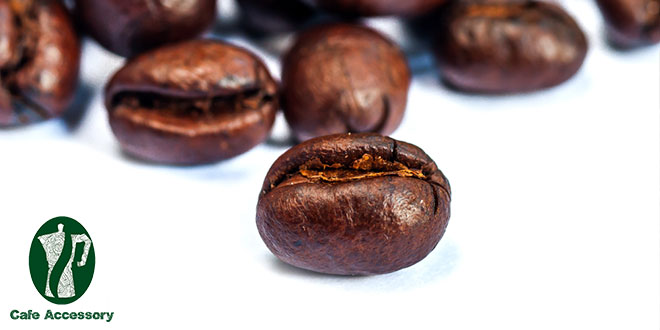کافه اکسسوری – بسیاری از اصطلاحات و تعاریف فنی قهوه وجود دارد که در بستهبندی و وبسایتها مشاهده خواهید کرد. این میتواند طاقتفرسا باشد و چند اصطلاح کلیدی اغلب اشتباه گرفته میشوند. به نظر میرسد Peaberry یکی از این موارد باشد.
ممکن است یک قهوه کنیا را ببینید که بهعنوان یک گیاه گلابی برچسبگذاری شده است و ممکن است به خاطر اینکه فکر میکنید این یک نوع قهوه است، در نظر گرفته شود.
بااینحال چنین نیست: همه ارقام میتوانند قهوه گلابی تولید کنند. این اصطلاح به یک ناهنجاری طبیعی گفته میشود که در داخل گیلاس قهوه اتفاق میافتد که در آن فقط یکی از دانهها بارور میشود و بنابراین بهتنهایی در داخل گیلاس رشد میکند.
بهطورمعمول، دو دانه در کنار یکدیگر رشد میکنند و در هر سو یک طرف صاف ایجاد میکنند – این همان چیزی است که به دانههای قهوه شکل آشنایی میدهد.
بدون دانه دوم برای رشد، گل پیاز تقریباً کروی میشود.
منشأ خاصی (برجستهترین کنیا و تانزانیا) بهاحتمالزیاد دانههای سبز قهوه را مرتب میکند و آنها را جداگانه میفروشد، درحالیکه بسیاری دیگر این کار را نمیکنند، به همین دلیل شما دانههای قهوه را مشابه هم نمیبینید.
طعم گلابی متفاوت از بقیه محصولات است و نظریههای مربوط به علت تفاوت در خصوص آن وجود دارد:
نخست: گیاه گلابی از مواد مغذی بیشتری از گیلاس دریافت میکند.
دوم: شکل کروی و تراکم لوبیا به این معنی است که میتواند بهطور مساویتری بو داده شود.
و سوم: این واقعیت که گیاهان گلابی باید با دقت مرتب شوند به این معنی است که احتمال کمبود نقص در آن کمتر است.
منبع: The Coffee Dictionary, Maxwell Colonna
Peaberry
There are many coffee terms and technical definitions that you will see on packaging and websites.
It can be overwhelming, and a few key terms often get confused.
Peaberry seems to be one of those.
You may see a Kenyan coffee that is labelled as a peaberry and you might be forgiven for thinking that this is a variety of coffee.
This is not the case, however: all varieties can produce peaberries.
The term refers to a natural anomaly that occurs inside the coffee cherry in which only one of the seeds is fertilized and so develops alone inside the cherry.
Normally, two seeds grow next to each other, creating a flat side on each where they meet – this is what gives coffee beans their familiar shape.
Without the second seed to grow against, the peaberry becomes almost spherical.
Certain origins (most prominently Kenya and Tanzania) are more likely to sort the peaberries and sell them separately, whereas many others will not, which is why you do not see peaberries from all origins.
Peaberries do taste different from the rest of the crop, and the theories as to what causes the difference are as follows:
(۱) the peaberry gets more of the cherry’s nutrients;
(۲) the spherical shape and density of the bean means it can roast more evenly;
and (3) the fact that the peaberry has to be so carefully sorted means that it is less likely to contain defects.
کافه اکسسوری را در اینستاگرام نیز دنبال کنید.


